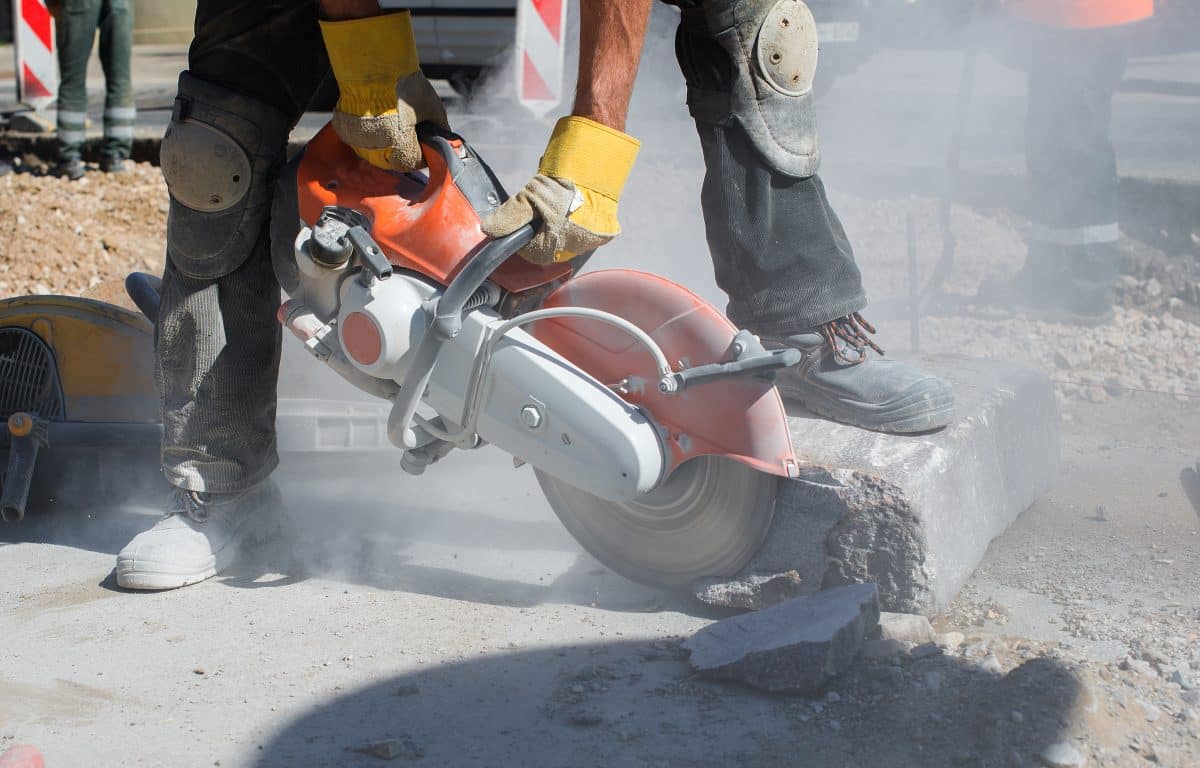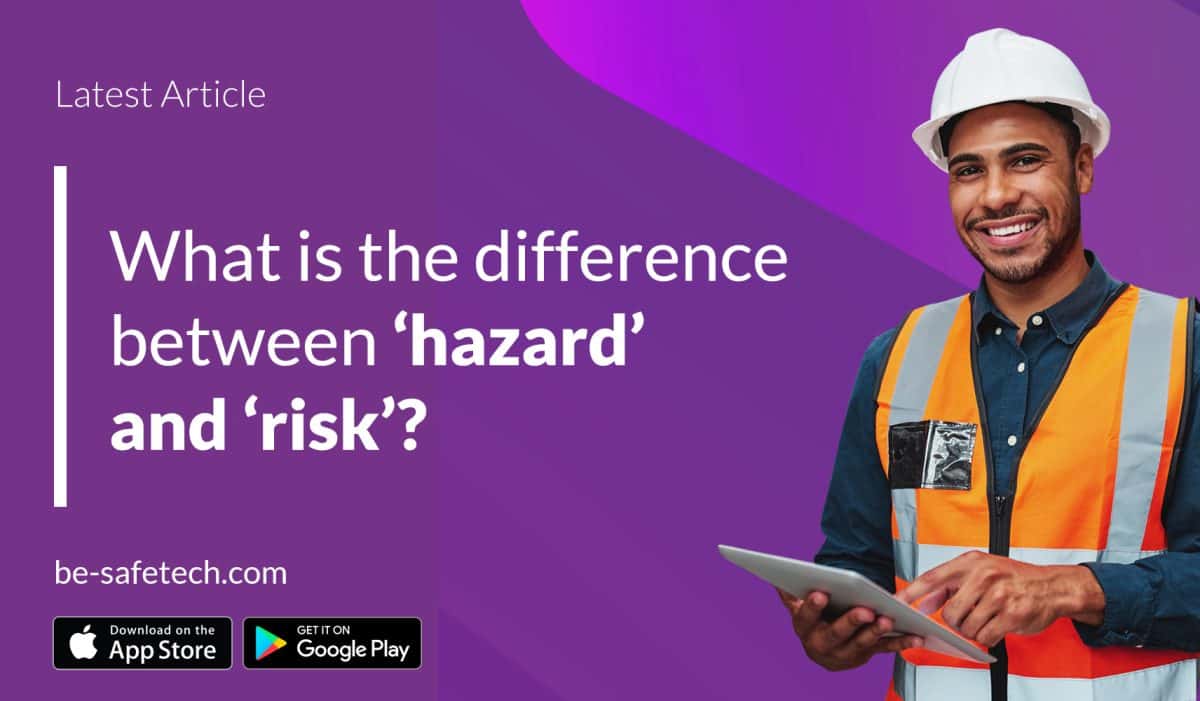What is the difference between ‘hazard’ and ‘risk’?
It might feel as though the word ‘hazard’ and ‘risk’ get used interchangeably, but they have very different meanings, and both have their own impact on health and safety in the workplace. While they don’t mean the same thing, they are very closely related, and you can’t have one without the other. So what is the difference between ‘hazard’ and ‘risk’?

Let’s start with hazards.
A circumstance or object that poses a risk to human safety is referred to as a ‘hazard’.
Hazards in your workplace could include loud noises, machinery and moving vehicles, chemicals, electricity, or working at heights.
A ‘risk’, therefore, is the possibility of harm – illness, injury or death – that might occur thanks to exposure to a hazard.
For example:
Hazard: A long extension cord extending across a busy hallway.
Risk: Tripping, falling, and potential injury.
Hazard: Constant bending required to load boxes onto a pallet.
Risk: Lifting something incorrectly or over a prolonged period might lead to a back injury.
Hazard: An irate manager yelling at employees because they are behind schedule.
Risk: A staff member developing a mental health problem.

All workplaces are required by law to complete a risk assessment and make it readily available to employees and visitors. A risk assessment looks at the difference between hazard and risk by identifying hazards and taking action to eliminate them as far as reasonably possible. Removing or reducing hazards will likewise remove or reduce the risks associated. One of the easiest ways to do this is with Be-Safe’s Compliance Genie, which ensures your employees are continually updated with the latest information they need.
This risk management strategy also promotes giving higher risks precedence over lower risks. Using a risk matrix with two factors in mind is the simplest method to accomplish this, which is why most health and safety advisors focus on probability and impact: how likely is an injury to happen, and if it does, what might happen in terms of the damage’s severity?
When working from heights, for example, the main hazard is falling, and the most significant risk is death. By adding safety measures such as appropriate PPE, proper harnesses and staff training, a risk that began as likely and severe can be mitigated to possible and moderate. By doing reasonable due diligence and understanding the difference – and correlation – between a hazard and a risk, you’re in a solid position to ensure your workplace is as safe as possible.


